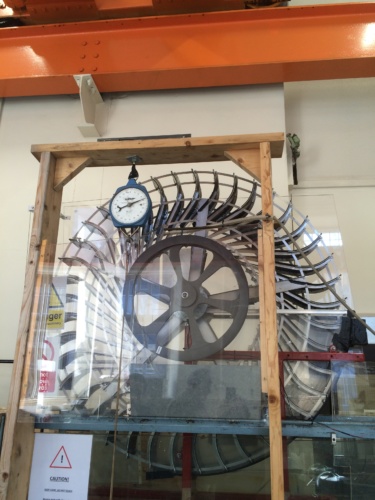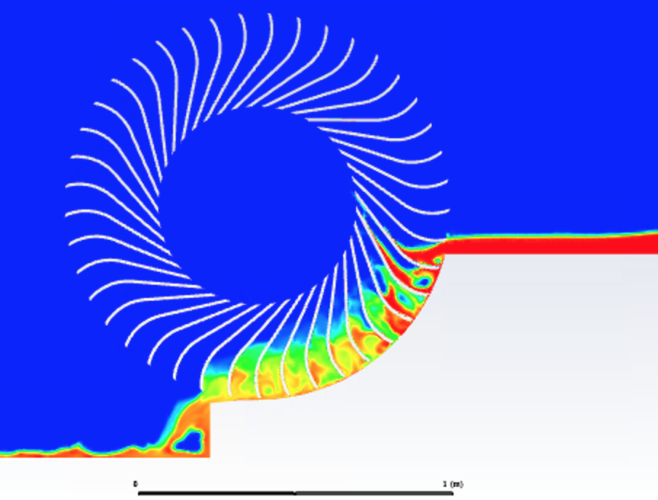
Invented by former maths lecturer turned civil engineer, Penelope Carruthers, the Carruthers wheel is the first waterwheel to be patented in 138 years. Unlike traditional water wheels (which operate at a constant speed) the Carruthers wheel uses specially designed blades to operate with high efficiency at a range of water speeds and flows.
According to Carruthers, this enables it to produce electricity from waterfalls and rivers with less than five metres drop, opening up potential applications in a vast range of sites that would previously have been considered unviable for water wheels. The technology has been validated in trials at Abertay University, with results published in the proceedings of the Institute of Civil Engineers (ICE)
Under the new one-year £250k project, funded by the Department for International Development (DFID) and the Engineering and Physical Sciences Research Council (EPSRC), Carruthers is working with the AFRC to identify the most cost effective and sustainable way of making the wheels.
Following production, the intention is that flat-pack wheels will be shipped to small communities across the world, where they can be installed and maintained by local unskilled workers.

Commenting on the technology’s potential Carruthers said: “In the past, sites with lower than a five metre drop have been identified as a possibility for a hydropower before a decision was made to move on due to the high costs. With millions of such sites across the world, there remains a hugely untapped resource, which has the possibility to change the lives of people in the surrounding towns and villages.
Ekaterina McKenna, Business Development Executive at the AFRC, added: “According to a recent United Nations hydropower report, there are millions of sites worldwide with a river or waterfall of less than five metres drop, especially across Sub-Saharan Africa and South East Asia. In the small communities surrounding these sites, less than 10% of the population have access to electricity.




Poll: Should the UK’s railways be renationalised?
All public service companies should be nationalised for many different reasons, particularly railways, not the least because the tax payer has already...